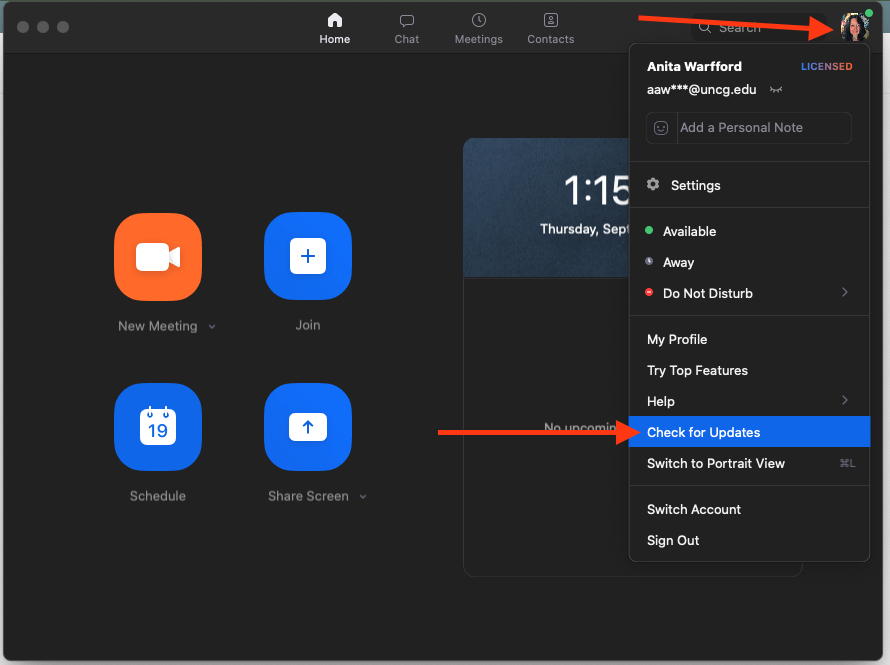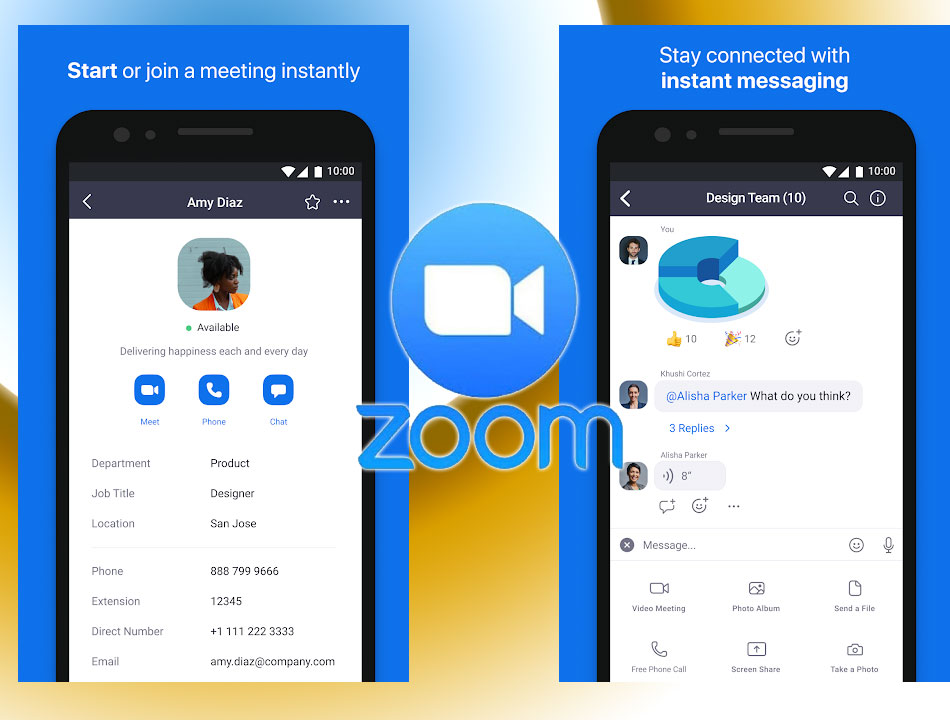
Last year we launched bi-directional interoperability between Cisco Webex devices and Google Meet devices, and we continue our support of Pexip for Google Meet so users can seamlessly join Meet meetings from a wide range of third-party video conferencing solutions. To help overcome this, we’ve been working with our partners to give customers as much flexibility as possible to connect with people within and outside their networks. In the hybrid workplace, organizations are struggling to connect their conference rooms to customers, partners, or colleagues in different organizations due to platform interoperability challenges. Bi-directional interoperability between Zoom and Meet Today, I'm excited to announce two innovations that will give organizations more flexibility and choice in how they use Google Meet from their meeting rooms and shared spaces. We also announced adaptive framing with AI-powered cameras from Huddly and Logitech to accurately frame in-room participants and give everyone the full context of what’s happening in the meeting room. That's why we've invested in improving the experience for in-room and remote participants alike with Companion mode, assigning room devices to breakout rooms, and quickly framing in-room participants.

This is especially important in conference rooms and shared spaces where video meetings are occurring more regularly with a return to the office.


With the move to a hybrid workplace, organizations need to bridge the gap between locations and devices, and facilitate more immersive connections between their people, partners, and customers.


 0 kommentar(er)
0 kommentar(er)
